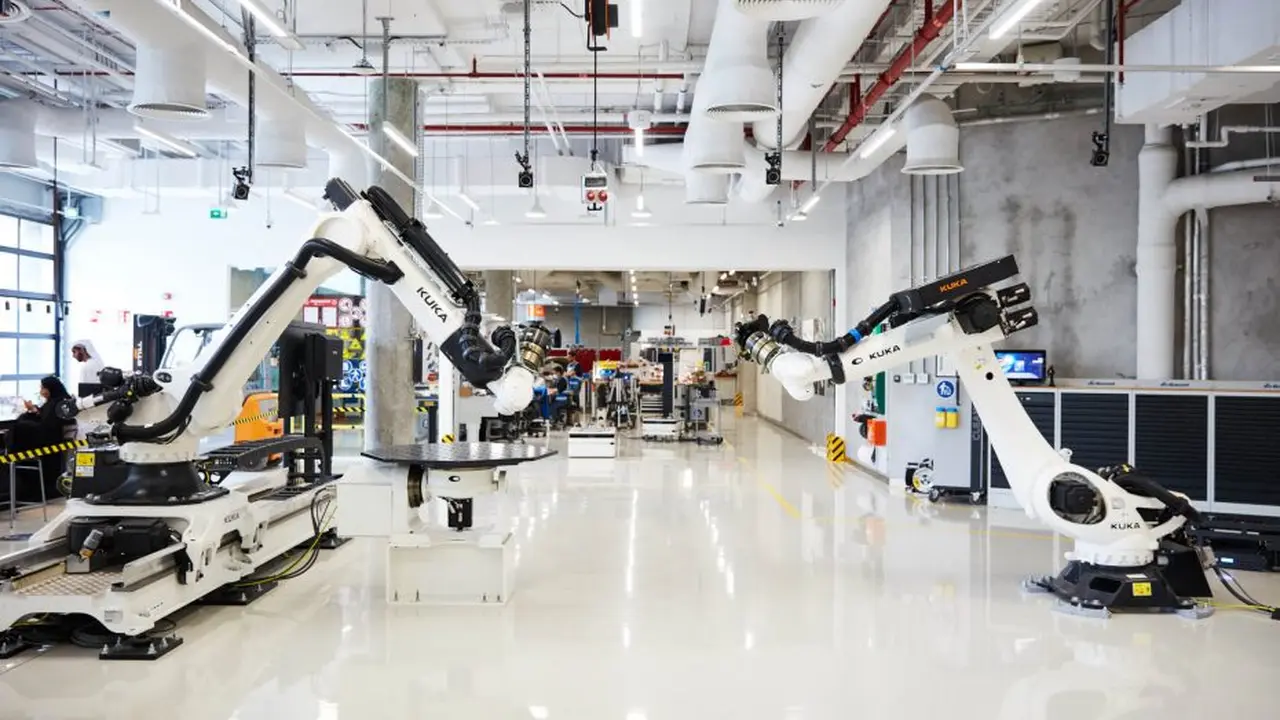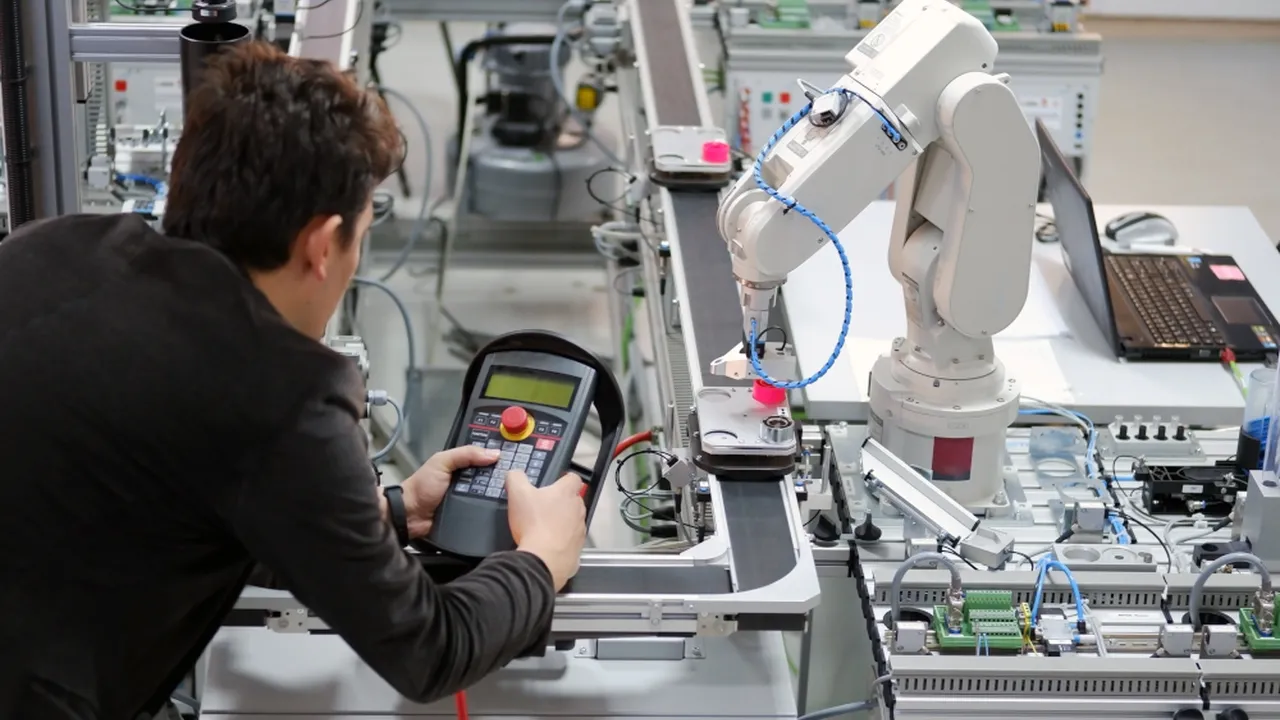7 Eco-Friendly Tourist Attractions in the UAE

Discover a comprehensive guide to sustainable living, exploring eco-friendly practices, innovative products, and practical tips for a greener lifestyle. Learn about product recommendations, comparisons, and detailed information to help you make informed choices for a sustainable future.
Understanding Sustainability The Foundation of Eco-Friendly Living
Sustainability isn't just a buzzword; it's a fundamental shift in how we approach living and interacting with our planet. It's about meeting the needs of the present without compromising the ability of future generations to meet their own needs. This involves balancing environmental, social, and economic considerations in all aspects of life.
At its core, sustainability encompasses practices that minimize environmental impact, conserve resources, and promote social equity. This can range from simple daily choices, like reducing waste and conserving water, to larger-scale initiatives, such as investing in renewable energy and supporting sustainable businesses.
The importance of sustainability is becoming increasingly clear as we face pressing environmental challenges like climate change, resource depletion, and biodiversity loss. By embracing sustainable practices, we can mitigate these challenges and create a healthier, more resilient planet for ourselves and future generations.
The Pillars of Sustainability Environmental Social and Economic Dimensions
Sustainability rests on three interconnected pillars: environmental, social, and economic. Understanding each pillar is crucial for implementing truly sustainable practices.
Environmental Sustainability Protecting Our Planet's Resources
Environmental sustainability focuses on minimizing our impact on the planet's natural resources. This includes reducing pollution, conserving water, protecting biodiversity, and mitigating climate change. Key practices include:
- Reducing Carbon Footprint: Transitioning to renewable energy sources like solar and wind power, improving energy efficiency in buildings and transportation, and adopting sustainable agricultural practices.
- Conserving Water: Implementing water-efficient technologies in homes and businesses, reducing water waste in agriculture, and protecting water resources from pollution.
- Reducing Waste: Embracing the principles of reduce, reuse, and recycle, minimizing packaging, and composting organic waste.
- Protecting Biodiversity: Conserving natural habitats, supporting sustainable forestry practices, and preventing the introduction of invasive species.
Social Sustainability Promoting Equity and Well-being
Social sustainability focuses on promoting social equity, human rights, and community well-being. This involves ensuring that everyone has access to basic necessities, education, healthcare, and opportunities for advancement. Key practices include:
- Promoting Fair Labor Practices: Ensuring safe working conditions, fair wages, and the right to organize for all workers.
- Investing in Education and Healthcare: Providing access to quality education and healthcare for all members of society.
- Promoting Social Inclusion: Addressing inequalities based on race, gender, religion, and other factors, and promoting social cohesion.
- Supporting Community Development: Investing in infrastructure, services, and programs that improve the quality of life in communities.
Economic Sustainability Fostering Responsible Growth
Economic sustainability focuses on fostering responsible economic growth that benefits both present and future generations. This involves promoting sustainable business practices, investing in green technologies, and creating a circular economy. Key practices include:
- Promoting Sustainable Business Practices: Encouraging businesses to adopt environmentally and socially responsible practices, such as reducing waste, conserving energy, and treating workers fairly.
- Investing in Green Technologies: Supporting the development and deployment of clean energy technologies, sustainable transportation systems, and other green innovations.
- Creating a Circular Economy: Designing products and systems that minimize waste and maximize resource efficiency, promoting reuse, repair, and recycling.
- Supporting Sustainable Consumption: Encouraging consumers to make informed choices about the products they buy, considering their environmental and social impact.
Eco-Friendly Products for a Sustainable Lifestyle A Comprehensive Guide
Transitioning to a sustainable lifestyle involves making conscious choices about the products we use every day. Fortunately, there's a growing range of eco-friendly alternatives to conventional products that can help us reduce our environmental impact.
Sustainable Home Cleaning Products Keeping Your Home Clean and Green
Conventional cleaning products often contain harsh chemicals that can be harmful to our health and the environment. Eco-friendly cleaning products, on the other hand, are made with plant-based ingredients and are biodegradable, reducing pollution and protecting our waterways.
Product Recommendations and Comparisons
- Blueland Cleaning Tablets: These tablets dissolve in water to create effective cleaning solutions, reducing plastic waste. They offer a variety of cleaning products, including all-purpose cleaner, glass cleaner, and bathroom cleaner. Pricing starts around $16 for a starter kit.
- Branch Basics Concentrate: This versatile concentrate can be used to make a variety of cleaning products, from laundry detergent to all-purpose cleaner. It's made with plant-based ingredients and is free of harsh chemicals. A starter kit costs around $69.
- Common Good Refillable Cleaning Products: Common Good offers a range of refillable cleaning products, allowing you to reduce plastic waste by refilling your bottles at their refill stations or through their online refill program. Prices vary depending on the product and refill size.
Use Cases
Eco-friendly cleaning products can be used for all your household cleaning needs, including:
- Cleaning kitchen counters and appliances
- Cleaning bathrooms and toilets
- Washing floors and windows
- Doing laundry
Detailed Information
When choosing eco-friendly cleaning products, look for products that are:
- Made with plant-based ingredients
- Biodegradable
- Free of harsh chemicals like chlorine, ammonia, and phosphates
- Packaged in recycled or recyclable materials
Eco-Friendly Personal Care Products Taking Care of Yourself and the Planet
Like cleaning products, conventional personal care products often contain harmful chemicals and are packaged in plastic. Eco-friendly personal care products are made with natural ingredients and are often packaged in sustainable materials, reducing pollution and protecting our health.
Product Recommendations and Comparisons
- Ethique Solid Shampoo and Conditioner Bars: These bars are plastic-free and made with natural ingredients, providing a sustainable alternative to traditional shampoo and conditioner bottles. Prices range from $16 to $20 per bar.
- Bite Toothpaste Bits: These toothpaste bits are plastic-free and come in a refillable glass jar. They're made with natural ingredients and are a convenient and sustainable way to brush your teeth. A four-month supply costs around $30.
- Meow Meow Tweet Deodorant Cream: This deodorant cream is made with natural ingredients and comes in a recyclable glass jar. It's effective at controlling odor and is a sustainable alternative to traditional deodorant sticks. A jar costs around $24.
Use Cases
Eco-friendly personal care products can be used for all your personal care needs, including:
- Washing your hair
- Brushing your teeth
- Deodorizing your body
- Moisturizing your skin
Detailed Information
When choosing eco-friendly personal care products, look for products that are:
- Made with natural ingredients
- Free of harsh chemicals like parabens, sulfates, and phthalates
- Packaged in recycled or recyclable materials
- Cruelty-free
Sustainable Fashion Clothing and Accessories That Are Kind to the Earth
The fashion industry is a major contributor to environmental pollution and social injustice. Sustainable fashion focuses on reducing the environmental and social impact of clothing and accessories by using sustainable materials, ethical production practices, and promoting conscious consumption.
Product Recommendations and Comparisons
- Patagonia Clothing: Patagonia is a well-known brand committed to sustainability. They use recycled materials, organic cotton, and fair labor practices in their production. Prices vary depending on the item.
- Eileen Fisher Clothing: Eileen Fisher is another brand committed to sustainable fashion. They use organic cotton, recycled materials, and responsible manufacturing practices. They also have a Renew program where they take back used Eileen Fisher clothing and resell it. Prices are generally higher end.
- Veja Sneakers: Veja sneakers are made with organic cotton, wild rubber from the Amazon rainforest, and recycled materials. They are a stylish and sustainable alternative to traditional sneakers. Prices range from $120 to $180.
Use Cases
Sustainable fashion can be incorporated into your wardrobe by:
- Buying clothes made from sustainable materials like organic cotton, recycled polyester, and hemp
- Buying clothes from brands that use ethical production practices
- Buying fewer clothes and choosing quality over quantity
- Repairing and upcycling clothes instead of throwing them away
- Shopping at thrift stores and consignment shops
Detailed Information
When choosing sustainable fashion, look for brands that are:
- Transparent about their supply chain
- Committed to fair labor practices
- Using sustainable materials
- Reducing their environmental impact
Eco-Friendly Kitchen Products Reducing Waste and Promoting Healthy Eating
The kitchen is another area where we can make significant changes to reduce our environmental impact. Eco-friendly kitchen products can help us reduce waste, conserve resources, and promote healthy eating.
Product Recommendations and Comparisons
- Stasher Bags: Stasher bags are reusable silicone bags that can be used to store food, cook in the microwave, and freeze. They are a sustainable alternative to plastic bags and are dishwasher safe. Prices range from $12 to $20 per bag.
- Beeswax Food Wraps: Beeswax food wraps are reusable wraps made from beeswax, cotton, and tree resin. They can be used to wrap food, cover bowls, and store leftovers. They are a sustainable alternative to plastic wrap and are biodegradable. A set of three wraps costs around $18.
- Bamboo Utensils and Cutting Boards: Bamboo is a fast-growing and sustainable material that can be used to make utensils and cutting boards. Bamboo utensils are lightweight, durable, and biodegradable. Bamboo cutting boards are durable, antimicrobial, and sustainable. Prices vary depending on the product.
Use Cases
Eco-friendly kitchen products can be used for:
- Storing food
- Wrapping leftovers
- Cooking in the microwave
- Chopping vegetables
- Eating meals
Detailed Information
When choosing eco-friendly kitchen products, look for products that are:
- Made from sustainable materials
- Reusable
- Biodegradable or compostable
- Durable
Sustainable Practices for a Greener Future Practical Tips and Strategies
Beyond choosing eco-friendly products, adopting sustainable practices in our daily lives is crucial for creating a greener future. These practices can range from simple changes in our habits to larger-scale lifestyle adjustments.
Reducing Energy Consumption Saving Energy and Reducing Your Carbon Footprint
Reducing energy consumption is one of the most effective ways to lower your carbon footprint and save money. Here are some practical tips:
- Switch to LED lighting: LED bulbs use significantly less energy than incandescent bulbs and last much longer.
- Unplug electronics when not in use: Many electronics continue to draw power even when turned off.
- Use energy-efficient appliances: Look for appliances with the Energy Star label.
- Adjust your thermostat: Lower your thermostat in the winter and raise it in the summer.
- Wash clothes in cold water: Heating water accounts for a significant portion of laundry energy consumption.
- Air dry clothes: Avoid using the dryer whenever possible.
Conserving Water Using Water Wisely and Protecting Water Resources
Conserving water is essential for protecting our water resources and ensuring that everyone has access to clean water. Here are some practical tips:
- Take shorter showers: Reduce the amount of time you spend in the shower.
- Fix leaky faucets: Even small leaks can waste a significant amount of water over time.
- Install water-efficient toilets and showerheads: These fixtures use less water per flush or shower.
- Water your lawn less often: Water deeply but infrequently to encourage deep root growth.
- Use a broom instead of a hose to clean sidewalks and driveways: Avoid wasting water by using a broom instead of a hose.
Reducing Waste Embracing the Reduce Reuse Recycle Philosophy
Reducing waste is crucial for minimizing pollution and conserving resources. Here are some practical tips:
- Reduce your consumption: Buy less stuff and choose products with minimal packaging.
- Reuse items whenever possible: Find new uses for old items instead of throwing them away.
- Recycle properly: Make sure you are recycling the correct items in your area.
- Compost organic waste: Compost food scraps and yard waste to create nutrient-rich soil.
- Avoid single-use plastics: Use reusable water bottles, shopping bags, and coffee cups.
Sustainable Transportation Choosing Eco-Friendly Ways to Get Around
Transportation is a major source of air pollution and greenhouse gas emissions. Here are some sustainable transportation options:
- Walk or bike: Choose walking or biking for short trips.
- Use public transportation: Take the bus, train, or subway instead of driving.
- Carpool: Share a ride with others to reduce the number of cars on the road.
- Drive an electric or hybrid vehicle: Consider purchasing an electric or hybrid vehicle when it's time to replace your car.
- Drive less: Combine errands and plan trips efficiently to reduce the amount of driving you do.
Supporting Sustainable Businesses Choosing Companies Committed to Sustainability
Supporting sustainable businesses is a powerful way to promote environmental and social responsibility. Look for companies that:
- Use sustainable materials and production practices
- Treat their workers fairly
- Are transparent about their supply chain
- Give back to the community
The Future of Sustainability Innovation and Emerging Trends
The field of sustainability is constantly evolving, with new innovations and trends emerging all the time. Here are some key areas to watch:
Circular Economy Moving Beyond Linear Production Models
The circular economy is a model that aims to minimize waste and maximize resource efficiency by designing products and systems that can be reused, repaired, and recycled. This is a shift away from the traditional linear "take-make-dispose" model.
Renewable Energy Advancements Powering a Sustainable Future
Renewable energy technologies like solar, wind, and geothermal are becoming increasingly efficient and affordable, paving the way for a transition to a clean energy economy.
Sustainable Agriculture Practices Nourishing the Planet Responsibly
Sustainable agriculture practices like organic farming, regenerative agriculture, and agroforestry are helping to improve soil health, reduce pollution, and enhance biodiversity.
Green Building Design Creating Energy-Efficient and Healthy Spaces
Green building design focuses on creating energy-efficient and healthy buildings that minimize environmental impact and promote occupant well-being.
Technological Innovations Driving Sustainability Solutions
Technological innovations like artificial intelligence, blockchain, and the Internet of Things are being used to develop new solutions for sustainability challenges in areas like energy management, waste reduction, and resource optimization.
:max_bytes(150000):strip_icc()/277019-baked-pork-chops-with-cream-of-mushroom-soup-DDMFS-beauty-4x3-BG-7505-5762b731cf30447d9cbbbbbf387beafa.jpg)






